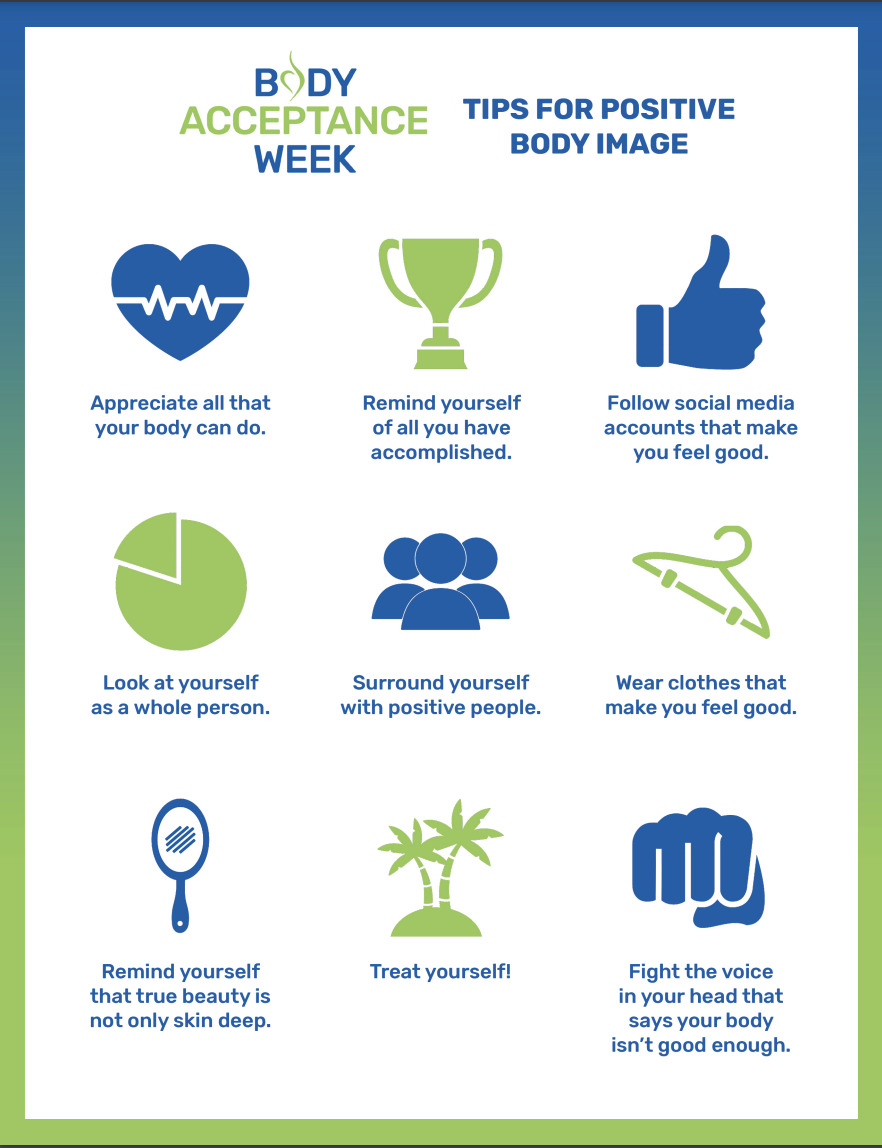
A study done by the National Library of Medicine showed that calories on menus may cause those diagnosed with anorexia nervosa to order significantly less food than normal and those with bulimia nervosa to order significantly more.
Though the study did show a correlation with calorie labels and eating disorders, “no studies have examined a causal relationship between exposure to calorie labels and ordering or eating behaviors and attitudes among individuals with disordered eating,” the study said.
According to some individuals that have struggled with eating disorders, calories on menus affect them.
Sophie Lasswell, a track and cross-country athlete and graduate from BYU, has suffered from anorexia nervosa.
“Earlier on in recovery, nutritional information is triggering,” Lasswell said. “Especially when you’re shocked by what you see. When you’re in the rut of an eating disorder, you’re looking at the calories and the carbs and the fats and everything that’s in anything.”
Alex Olson, a 19-year-old from St. George, Utah, said that it was difficult to see calories listed on menus.
“I definitely think seeing calories and nutritional information can trigger eating disorders. For me, when I was struggling, it was hard seeing calories and I would always pick the item with the fewest,” Olson said.
Research from the Centers for Disease Control and Prevention show that just over 40% of Americans are overweight. The move to put calories on menus came from the Food and Drug Administration’s nutrition initiatives in recent years.
Despite their experience with eating disorders, Olson and Lasswell agreed that having nutritional information was important.
“I do think they are important and should be shown on restaurant menus. It’s very important we see what nutrients we are putting into our bodies, especially where we struggle with obesity in America,” Olson said.
Lasswell said, “I am an athlete. I competed in college and so it was good for me whenever I was, not only recovering from an eating disorder, but also trying to fuel as an athlete. So I think that it is helpful and not having that information would be really hard to try and figure out what I’m supposed to be doing.”

Jackie Nuñez, assistant director of the Women’s Services and Resources at BYU and involved in the Body Project, said achieving a healthy body image begins at home.
“I believe achieving a healthy body image begins at home with the way we talk about our bodies and where we focus our energy. Focus on embracing and developing all the wonderful non-appearance-related aspects of yourself and others,” Nuñez said.
Lasswell said it’s important to stop measuring food intake when it comes to eating disorders. “Stop measuring,” she said. “Stop thinking about how many calories, how many carbs, how many things are in all that and once you force yourself to stop measuring things, you force yourself to have to let some of that go.”
Those who struggle with eating disorders can contact BYU’s Counseling and Psychological Services.




